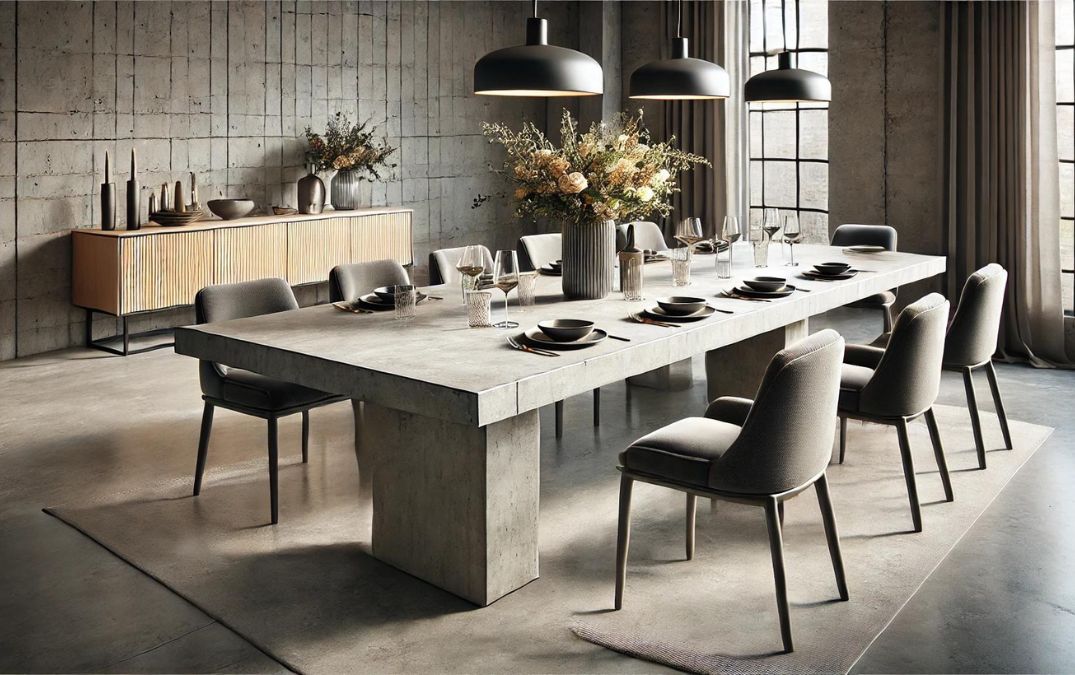When it comes to waterproofing concrete tables, the best sealants are usually penetrating sealers, acrylic sealers, and epoxy coatings. Penetrating sealers soak into the concrete and create a barrier from the inside out, making them great for long-term protection without changing the table’s appearance. Acrylic sealers sit on the surface and give a nice, protective finish while enhancing the colour and texture of the concrete. If you’re looking for heavy-duty protection, especially for outdoor tables, epoxy coatings are your go-to. They create a thick, durable layer that’s both waterproof and resistant to stains.
You can tell if your concrete table needs to be resealed by paying attention to a few key signs. First, if water no longer beads up on the surface and instead starts soaking in, that’s a clear indicator the sealant is wearing off. You might also notice the colour of the concrete looking duller or more susceptible to stains from spills. If you see any small cracks or the surface feels rougher to the touch, those are also signs that the protective seal is breaking down. A simple water test (pour a little water on the table and see if it beads or gets absorbed) can help you determine if it’s time to reseal. If the water soaks in, it’s definitely time to give your table a fresh coat of sealant.
Yes, you can leave a sealed concrete table outside year-round without too much worry about water damage, but there are a few things to keep in mind. A good quality sealant will protect your table from rain, snow, and humidity, preventing water from seeping into the concrete and causing damage. However, over time, exposure to the elements can wear down the sealant, so it’s important to inspect the table regularly and reapply the sealant as needed, typically every couple of years. Also, while the sealant helps, it’s still a good idea to cover the table during harsh winter months or heavy storms to extend its lifespan and keep it looking great.
Applying a quality wax over the sealant adds an extra barrier against stains, spills, and daily wear and tear. It also gives the surface a nice, smooth finish and can enhance the natural colour of the concrete. Just keep in mind that wax isn’t a substitute for sealant, it’s more like a top-up that boosts the protection already in place. You’ll need to reapply the wax every few months, depending on how much use the table gets, to keep it in top shape
You can place potted plants directly on a concrete table, but there are a few things to watch out for to avoid damage. Over time, water can seep out from the pots, and if your table isn’t properly sealed, this moisture can cause stains or even weaken the concrete. The base of the pots might also scratch the surface, especially if they’re heavy or get moved around. To protect your table, it’s a good idea to use a saucer or tray under each pot to catch any excess water and prevent direct contact with the concrete.





